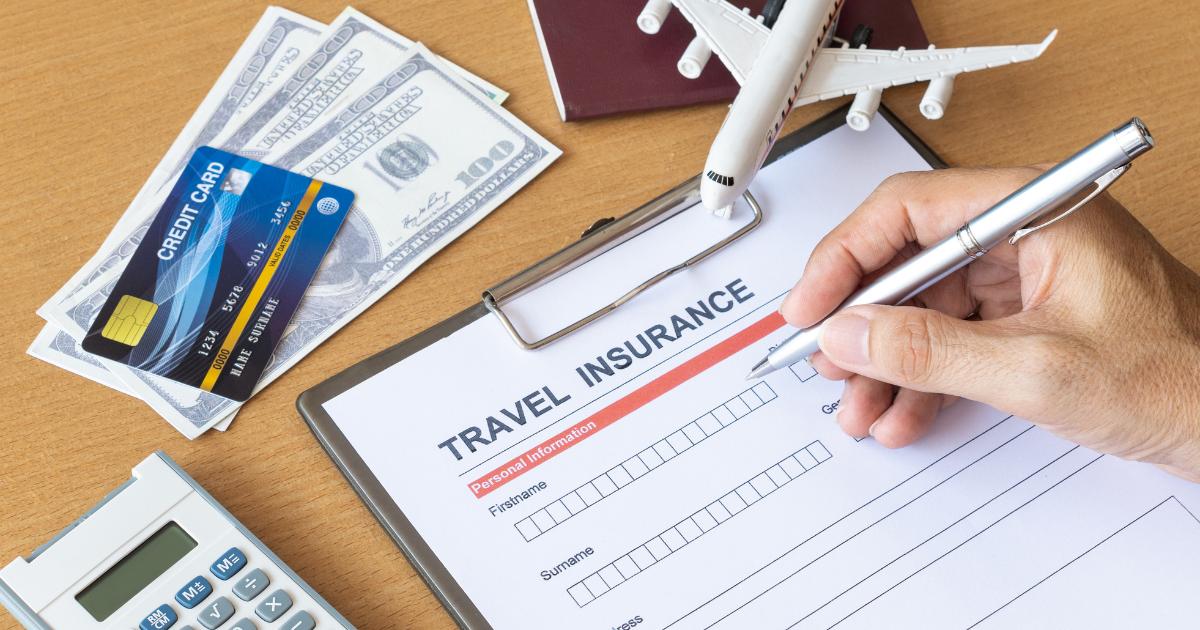Traveling, whether for leisure or business, involves a range of exciting experiences, but it also comes with potential risks. From flight cancellations to medical emergencies abroad, unexpected situations can disrupt your plans. This is where travel insurance steps in to offer peace of mind and financial protection. Choosing the right travel insurance, however, can be a daunting task given the wide range of options available. This guide will help you navigate the key factors to consider when selecting travel insurance for your next adventure.
Advertisement
1. Understand the Different Types of Coverage
When choosing travel insurance, the first step is to understand the different types of coverage it can offer. The most common types of travel insurance include:
- Trip Cancellation/Interruption: This coverage reimburses you if you have to cancel or cut short your trip due to unforeseen circumstances like illness, accidents, or family emergencies.
- Medical Coverage: If you fall ill or get injured while traveling abroad, this coverage helps pay for medical expenses, including hospital stays, doctor visits, and emergency medical evacuations.
- Baggage Protection: This covers loss, damage, or theft of your luggage while traveling. If your baggage is delayed for a long period, some policies also cover the cost of purchasing essential items.
- Travel Delay: If your travel plans are delayed due to weather, strikes, or other reasons, this coverage can help pay for additional accommodation and food expenses.
Make sure to review what each policy offers and ensure it aligns with the risks you’re most likely to face during your trip. For example, if you’re heading to a remote location, medical coverage and emergency evacuation may be more important than baggage protection.

2. Determine Your Destination and Trip Length
The destination and length of your trip will also influence the type of travel insurance you need. For instance, a short domestic weekend getaway might not require the same level of coverage as a month-long backpacking trip through Europe or a remote location in Asia. Some factors to consider include:
- Health Care Needs: If you’re traveling to a country with limited or costly healthcare, purchasing a comprehensive medical insurance plan is critical. Certain countries, like the United States, have extremely high medical costs, making international travel insurance essential.
- Destination-Specific Risks: Some destinations might come with specific risks. For example, traveling to an area prone to natural disasters or political instability may warrant extra coverage or a specialized plan. Ensure your insurer offers coverage for things like natural disasters, civil unrest, or terrorism if you are heading to high-risk regions.
- Adventure and Activities: If your trip involves adventure activities like skiing, scuba diving, or hiking, ensure that your policy covers high-risk activities. Standard travel insurance may not cover extreme sports, so you’ll want to look for an option that provides coverage for such activities.
Understanding the scope of your trip will help you narrow down the most suitable travel insurance plan that caters to your specific needs.
3. Check the Policy’s Exclusions and Limitations
It’s crucial to carefully read the policy’s exclusions and limitations before purchasing travel insurance. While travel insurance can provide valuable protection, many policies have exclusions that might limit your coverage in certain situations. Common exclusions include:
- Pre-existing Conditions: Some travel insurance plans do not cover medical conditions that existed before you purchased the policy. If you have a pre-existing medical condition, make sure to choose a plan that offers coverage for it.
- High-Risk Activities: As mentioned earlier, not all travel insurance policies cover adventure sports or other high-risk activities. Check whether your policy includes coverage for activities like bungee jumping, skiing, or trekking, if these are part of your trip.
- Pandemics and Epidemics: In the wake of COVID-19, many travelers are now specifically looking for insurance that covers issues like travel restrictions, cancellations due to health advisories, or quarantine costs. Make sure your policy covers pandemics, or look for specialized COVID-19 insurance if it’s a concern.
Thoroughly reviewing the exclusions section will ensure that you know exactly what’s covered and what isn’t, preventing any unpleasant surprises during your trip.
Advertisement
4. Evaluate the Policy’s Customer Support and Claims Process
The quality of customer service and the efficiency of the claims process are critical factors when selecting travel insurance. In case of an emergency, you want to make sure that your insurer is easily reachable and responsive. Here are some key things to consider:
- 24/7 Emergency Assistance: Travel insurance should offer round-the-clock support in case of emergencies. Look for providers that offer a 24/7 helpline for emergencies like medical issues, cancellations, or lost documents.
- Easy Claims Process: The best travel insurance plans should have a straightforward and transparent claims process. Read reviews from other customers to see how efficiently the company handles claims. Some insurers provide online claims submission, which can expedite the process.
- Reputation and Reviews: Research customer reviews and check the insurer’s reputation. You want a provider with a history of prompt claims payouts and helpful service, especially during stressful travel situations.
A reliable insurer that offers responsive customer service and an efficient claims process can make all the difference if something goes wrong during your trip.

5. Compare Prices and Coverage
Once you’ve narrowed down the type of insurance you need, it’s time to compare prices and coverage options from different providers. Don’t automatically choose the cheapest option—look for a policy that provides the best value for your trip. Factors to compare include:
- Premiums vs. Coverage: The lowest-priced policy might not offer sufficient coverage. Consider the level of protection you need versus what you are willing to pay.
- Deductibles and Limits: Check if the policy has a deductible (the amount you pay out of pocket before insurance kicks in) and ensure the coverage limits are adequate for your needs. For example, a medical evacuation policy should cover a reasonable amount based on the destination and potential medical costs.
By comparing various plans, you can find a balance between cost and coverage that suits your needs and budget.
Advertisement
Final Thoughts
Choosing the right travel insurance for your trip is a critical step in ensuring peace of mind and financial protection while traveling. By understanding the types of coverage available, considering your destination and trip details, checking exclusions, and comparing policies, you can select a plan that fits your needs. While travel insurance might feel like an extra cost, it’s a worthwhile investment to safeguard your health, time, and money against unexpected events. Don’t leave home without it—protect yourself and your travels with the right insurance for your journey.
References
- “Travel Insurance: Why You Need It,” The Points Guy, accessed November 2024. https://www.thepointsguy.com.
- “How to Choose Travel Insurance,” World Nomads, accessed November 2024. https://www.worldnomads.com.
- “What Does Travel Insurance Cover?” Forbes Advisor, Last modified August 2024. https://www.forbes.com/advisor.


